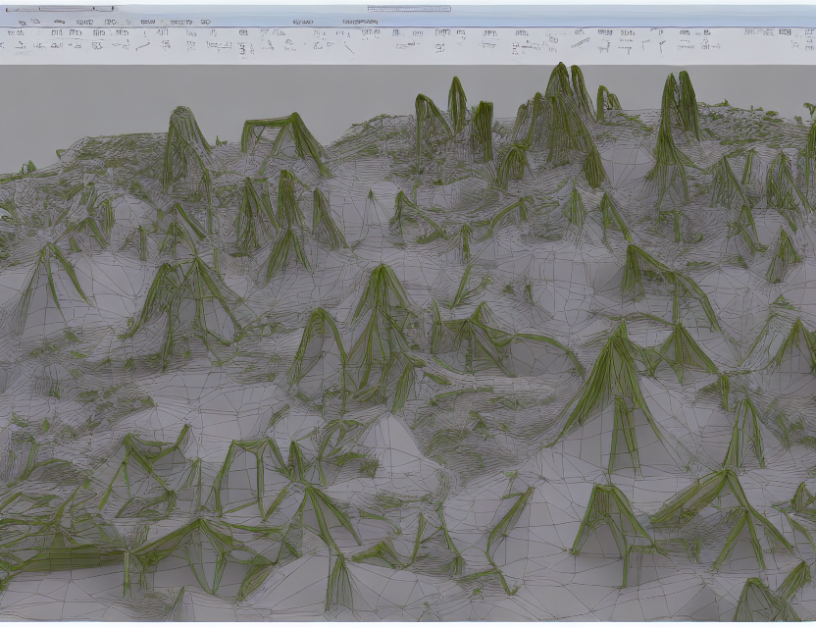In this paper, we present a new method for reconstructing 3D CAD models from sparse samples, using a combination of neural networks and geometric techniques. Our approach involves training a neural network to learn the underlying surface of a model by fitting it to a set of 3D points, called a point cloud.
To understand how this works, imagine you have a bunch of puzzle pieces with different shapes and sizes, and you want to fit them together to form a complete picture. Similarly, our method takes a set of 3D points (the puzzle pieces) and uses neural networks to figure out the underlying surface that they belong to (the complete picture).
The key insight behind our approach is that we can use a combination of geometric techniques and neural networks to create a smooth and continuous surface that fits the scattered 3D points. This surface is called an implicit neural field, which has the ability to represent complex shapes and structures in a compact and efficient way.
To achieve this, we first generate a set of candidate surfaces using a technique called boundary representation (B-REP). These surfaces are then used as inputs to a neural network, which learns to fit them to the point cloud using positional encoding and other techniques. The resulting surface is smooth, continuous, and can represent complex shapes with high accuracy.
Our approach has several advantages over existing methods. First, it can handle sparse samples and produce accurate results even when only a few points are available. Second, it can deal with complex models with varying levels of detail and structure. Finally, our method is flexible and can be used for a wide range of applications, including computer-aided design (CAD) model reconstruction, 3D scanning and reconstruction, and more.
In summary, this paper presents a powerful new method for reconstructing 3D CAD models from sparse samples using a combination of neural networks and geometric techniques. Our approach has the potential to revolutionize the field of computer-aided design and 3D modeling, and could have numerous applications in fields such as engineering, architecture, and product design.
Computer Science, Computer Vision and Pattern Recognition
Neural Networks for 3D Model Reconstruction: A Survey



